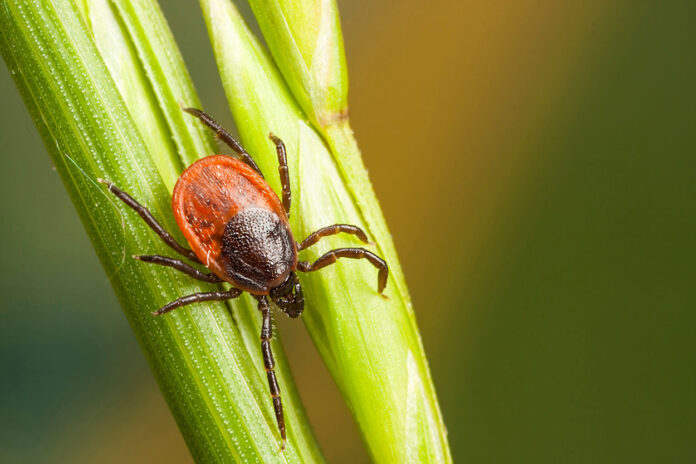A significant health concern is emerging in the United States related to the Lone Star tick. A bite from this tick has been linked to the development of a red meat allergy in humans, which is currently on the rise.
This allergy, triggered by the sugar molecule alpha-gal, can lead to symptoms ranging from hives and itching to anaphylaxis, a severe life-threatening reaction. This growing public health issue bears significant implications for the black community, given the potential socio-economic and cultural factors at play.
The black community, particularly in the southern regions where the Lone Star tick is most prevalent, can be disproportionately affected due to several reasons. Socio-economic disparities have traditionally resulted in this community having less access to prompt and quality healthcare, leading to delayed diagnosis or management of such allergies. Furthermore, cultural dietary practices, which might include red meat as a staple, make the implications of this allergy more disruptive to daily life.
It’s essential for health officials and community leaders to launch awareness campaigns in the black community about the Lone Star tick and the potential meat allergy it can cause, promoting preventive measures and fostering access to treatment and support for those affected. These steps are crucial to mitigate the public health impact of this emerging threat.
Lyme Disease And The Black Community

Lyme disease, another illness transmitted through the bite of an infected black-legged tick, can result in significant health problems if left undiagnosed or untreated. However, within the United States, disparities are present when it comes to the diagnosis of this disease, especially among black patients. Research has highlighted that black patients are at an increased risk of late or misdiagnosis, making them less likely to receive treatment during the early stages of the disease. The delayed diagnosis could lead to more severe disease manifestations, including neurological or cardiac issues, joint pain, and severe fatigue.
One of the key factors behind this disparity is the commonly used diagnostic method for Lyme disease, which relies on recognizing a specific type of skin rash called erythema migrans. This rash can be harder to detect on darker skin tones, leading to missed or delayed diagnoses.
It is crucial to address this health disparity through several strategies. Developing and advocating for more inclusive diagnostic tools that are effective across diverse skin tones is paramount. Health education campaigns should promote awareness about the risks, prevention measures, and symptoms of Lyme disease, including the range of manifestations of the erythema migrans rash on different skin tones. These steps could help reduce the disparity in Lyme disease diagnosis and ensure a healthier future for black communities.
In light of the growing public health concerns posed by tick-borne diseases such as the red meat allergy caused by the Lone Star tick and Lyme disease, collective, inclusive, and strategic efforts are crucial to combating these threats. Undoubtedly, these diseases pose challenges to all affected individuals, but the weight of the burden seems to be significantly heavier on the black community. Through such efforts, we can not only mitigate the growing threats of these diseases but also move towards a more equitable healthcare system that caters to the needs of all its members, irrespective of their racial or ethnic background.







